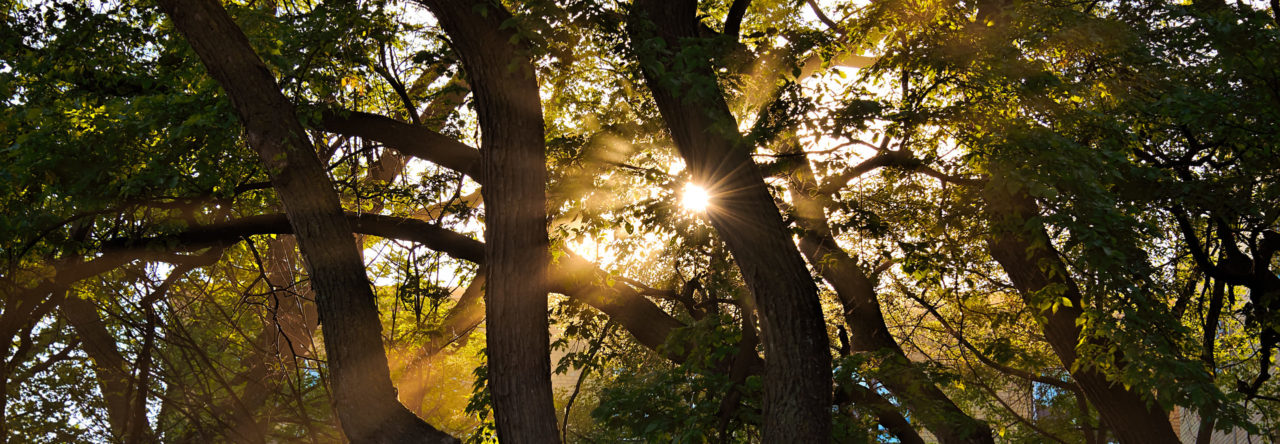If you have followed us for a while, you know how much we love art that seeks to inspire and change the world — even in small ways.
We believe in highlighting that kind of art, as well as the creatives behind it. This is the goal behind this new series of interviews. The Inspirational Artist Series will spotlight some of the artists featured in our issues and who have moved us in specific ways.
Our first guest is Gloria Keh, whose work will appear in the upcoming first issue of Auroras & Blossoms Creative Arts Journal.
What is your artistic background?
I began painting when I was a child. My late father, the oil painter Martin Fu, was my first art teacher. We were very poor and to subsidize my pocket money, I sold my little artworks for $3 a painting, indeed a princely sum in the mid 1950s.
I studied mandala art and symbolism in Melbourne, Australia for over 10 years and undertook a short course in art therapy at La Salle art college in Singapore.
Who and what are your biggest influences?
The works of many Japanese ukioye (woodblock print) artists especially Munakata, and of course, Hokusai; the French painter Pierre Soulages, and Picasso.
I draw a lot of inspiration from mother nature, and through my readings, as well as through classical music and the opera.
What do you like and dislike the most about the art world?
I like that there is now more acceptance to more types of art than before. That expressions have been given more freedom and less censorship. I love abstract art, and today abstraction is more accepted than say 30/40 years ago.
I dislike that some galleries and organizations attesting to promote art are only doing all this as a business and are using artists. I realize that one needs to make money to live, but one still must be fair. I have had bad experiences but have learnt from them. We artists act in good faith and with lots of hope that any agreement we enter into with say a gallery, or art based organization, will be for mutual benefit and that both parties will respect the time of the other.
Finally, there’s covid: yes, the pandemic has caused tremendous problems for just about everyone, but many are using covid as an excuse when they cannot or do not want to deliver the ‘goods’.
Does your work have any specific themes or social commentary we should identify with?
I paint every day and even if I am not working on a larger canvas, I always keep an art journal. This I consider my spiritual practice.
I do work on series, and most of these are ongoing: eg my Mother Series, Men of The Cloth series, my Waves Series. I don’t make political art, simply because I have no interest in politics be it local or international. But I do honor certain “dates” — for instance World Mental Health Day, as I believe mental health is paramount. I recognise Tsunami Awareness Day, World Animal Day and days attributed towards peace. I make art specifically for these events.
I sell my work only for charity: 100% of any sales from my art is donated to charity. Hence, charities often approach me to participate in their fundraisers. At such times, my art would be in line with the respective charity’s concepts/themes.
What would be your dream project?
I paint a fair bit on large canvases and would love to have a solo art exhibition of just my very large works. Not for sale bits just to show. Selling comes with headaches and heartaches. Of course, if someone wanted to buy the works, they would be only sold for charity. And I would like to have my art blown up and used as a backdrop on stage, where a ballet or a modern dance performance is being held.
Tell us the best advice you have been given while working as an artist?
This was from an American painter, Gregory Burns, who mentored me for five years. He once saw me struggling with a painting. He asked what was the problem and I said that I liked a certain part of it but was not happy with the rest. So I kept on changing and changing stuff to go with what I liked. He said to get rid of what I liked, and stop changing things to fit what I liked. Initially, I could not accept his advice. But after deliberating on his words, I painted over what I liked and the painting literally blossomed into my ‘dream garden.’ I have applied his advice to other aspects of my life and it works.
The Inner Child - Gloria Keh
I am that child you do not see.
That unborn child who’s both you and me.
That child who watched you die
so many times ago.
That child who’ll be there
when you are born again
in the years to go.
Bio:
Born in 1952, Gloria Keh began painting during childhood. Her late father, an oil painter, Martin Fu, was her first art teacher.
As an adult, Gloria worked as a copywriter and as a journalist, and won three American Travel Writers awards for her self illustrated stories.
She studied mandala art and symbolism for over 10 years with her teacher, at the Theosophical Society in Melbourne, Australia. She also undertook a short course in art therapy at La Salle college of art in Singapore.
In 2008, Gloria founded Circles of Love, a non-profit charity outreach program, using her art and writing in the service to humanity.
Links:
Gloria, thank you for answering our questions and supporting Auroras & Blossoms!
Cendrine & David
Gloria’s work is featured in the inaugural issue of Auroras & Blossoms Creative Arts Journal.



